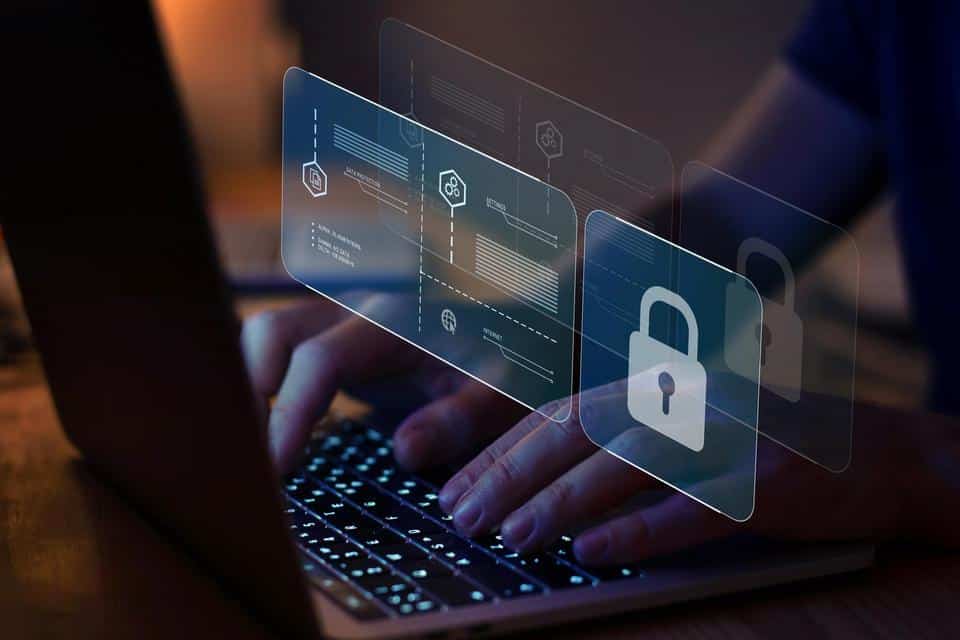Don’t Get Hooked: Protecting Yourself From Cyber Attacks
As we continue to dive into the age of technology, it’s important to stay ahead of the game when it comes to cybersecurity. As technology evolves, so do the tactics used by cybercriminals. One of the most common methods of attack used by hackers is phishing scams. These deliberate emails are designed to lure you in by appearing reliable, only to cast you into a sea of chaos.
Reeling In the Truth: What Is a Phishing Scam
A phishing scam refers to a malicious attempt by cybercriminals to deceive individuals into revealing sensitive information such as usernames, passwords, or financial details. These scams are usually conducted through email, where scammers pose as legitimate organizations or individuals to trick recipients into clicking on links or providing confidential information.
Recognizing phishing scams is especially crucial in the real estate industry, particularly in multifamily properties. With email being the primary means of communication between property management teams and residents, it is essential to be aware of the tactics used by scammers. Falling victim to a phishing scam could not only compromise personal and financial information but also lead to significant financial losses and damage to reputation.
Recognizing the Bait: Spotting the Sneaky Signs of Phishing Scams
You may think spotting a scam is obvious and everyone knows about phishing attempts; however, think again. According to a study conducted by the Anti-Phishing Working Group (APWG), an internationally recognized organization dedicated to combating cybercrime, an estimated 86 million people fell victim to phishing scams in the year 2020 alone.
Multifamily professionals must be vigilant in identifying red flags such as unsolicited emails requesting sensitive information, urgent requests for payment, or emails containing grammatical errors or suspicious links. It is essential to verify the sender’s authenticity and double-check any payment requests or sensitive information exchanges. Implementing robust email security measures and educating employees about the risks associated with phishing scams are crucial steps toward safeguarding against attacks. By staying informed and cautious, property management teams can protect themselves and their residents from the damaging effects of phishing scams.
Stay Afloat: Safeguarding Yourself Against Cyber-Hooks
As with all cybersecurity issues, your best defense against getting caught by a phishing scam is to be aware. To protect yourself from phishing scams, make sure you:
- Stay Informed: Educate yourself, stay up-to-date on the latest phishing techniques, and be cautious when opening emails from unknown senders.
- Verify Before Clicking: Always verify the legitimacy of emails before clicking on any links or downloading attachments. Check the sender’s email address and hover your mouse over links to verify the URL matches the displayed text.
- Protect Your Personal Information: Be cautious about sharing sensitive information, such as passwords, social security numbers, or financial details, through email.
- Install and Update Security Software: Ensure your devices are protected by installing reputable security software and keeping it current.
By following these precautions, you can significantly reduce the risk of falling victim to phishing scams. Remember, your online security is in your hands, so stay informed, stay alert, and stay protected.
If you have received a phishing email, you can report it here or forward the message to [email protected].
Need help protecting your team from cyberattacks? Check out our Cybersecurity Courses and talk to our experts today!



